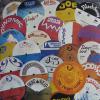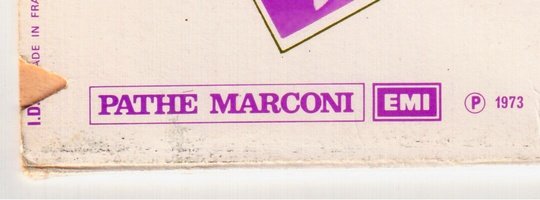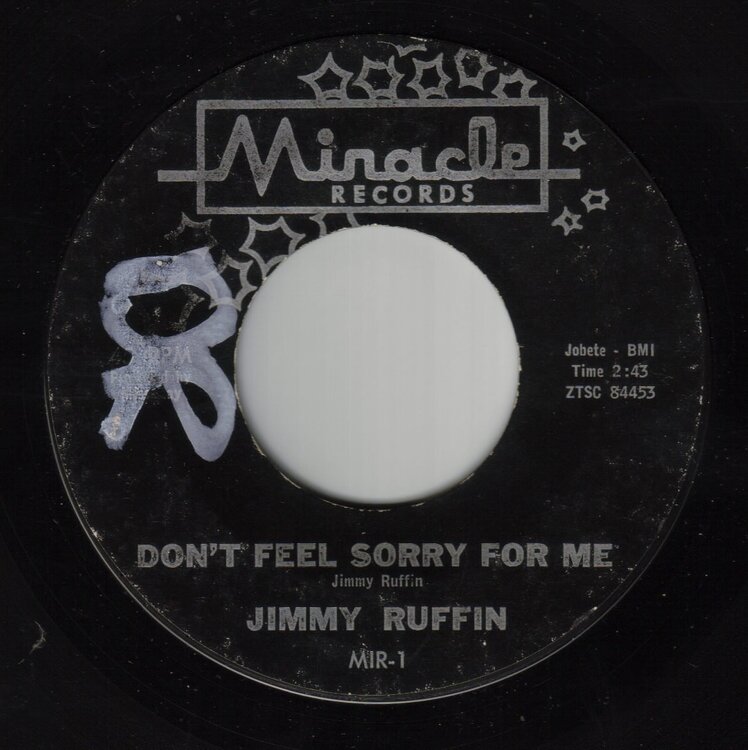- Replies 26
- Views 6.7k
- Created
- Last Reply
Most active in this topic
-
Rick Cooper 5 posts
-
Chris L 2 posts
-
Pete S 1 post
-
Davenpete 1 post
Most Popular Posts
-
When record companies decided a particular title had no more sales potential the remaining singles would have the hole drilled in the label which meant the stock could be sold off cheap and the usual
-
it was done to returned and deleted stock
-
Just to add a bit more to this, as far as I know the US was the only country to drill singles or cut LP covers so it was mainly done because of the sale or return system they used. I don't think the s










Hi all, this question has probably been raised before, but can anyone please tell me definitely 'why do some records have drill holes through the label' I've heard a number of theories, some more plausible than others. Your explanation would be appreciated.
cheers